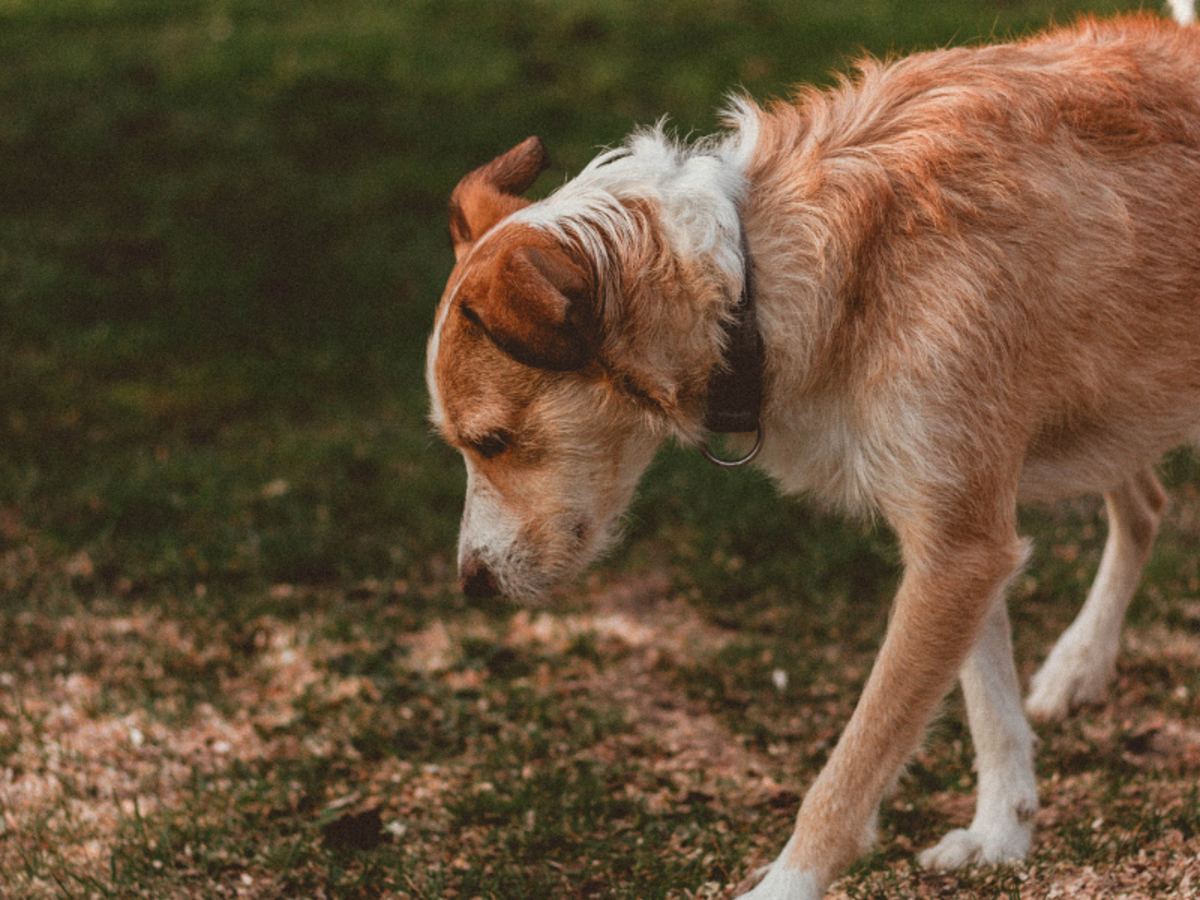How Can I Stop Snow from Clumping to My Dog’s Fur?
Winter outings with our dogs can be magical—the snow-covered trees, the crisp air. Not to mention the joy on your pet’s face as they bound through the fresh, untouched snow. That is until snowballs and clumps of ice form on their hairy coat. Wet, sticky snow can be uncomfortable for them, sometimes causing skin irritation or paw problems. So, let’s talk about how to stop snow sticking to dog fur. I’ll start by explaining why it happens and offer some simple pointers on how to prevent the problem. I’ll also give you some tips to remove any snowballs that attach.
Why Does Snow Get Stuck on Dogs’ Fur?
The science behind why snow gets stuck in dog hair is this: snowflakes melt slightly from body heat and then refreeze to form clusters. Imagine you’re out in the snow and your warm breath fogs up. It freezes on your scarf, right? That’s kind of what happens to your dog’s coat. But can become very tricky to remove, especially in longhaired breeds. It’s a common problem in dogs with long, curly, or fluffy coats that trap moisture. The space between their paw pads is also a prime spot for snow to collect and turn into painful ice clumps.
Why Does Snow Stick to Some Dogs but Not Others?
Think of the difference between a poodle and a boxer. Pets with long or double coats (like Golden Retrievers or Poodles, for example) often experience a lot more snow trapped in their fur because their hair holds onto moisture. Yet short-haired breeds are less likely to have snow buildup. Boxers or Dobermans, for instance, have sleek coats that don’t deliver as much surface area for snow to cling to.
Also, the condition of your pet’s fur matters in this situation. Have you noticed that dry, clean fur tends to repel snow better than a dirty or greasy coat? Grooming plays a significant part here—matted hair can worsen snow accumulation. On the flip side, a well-maintained coat is far less problematic.

Source: Photo by Andreas Schnabl
Strategies to Prevent Snow Sticking to Your Dog’s Fur
When thinking about how to stop snow sticking to dog fur, protective paw balms, winter jackets, regular grooming, and dog boots are some of the most effective techniques. Taking some measures to prevent the ice clusters forming and attaching to your dog is easier than dealing with it afterward.
Apply a Dog-Safe Paw Balm (or Vaseline)
Before you venture out, try swiping a protective balm on and around your pet’s paws. Think of this method as like putting on gloves before shoveling the snow on your driveway.
- Vaseline (Petroleum Jelly): A helpful and budget-friendly choice for protecting dog paws from the elements. Acting as a barrier, it’s great at keeping snow, salt, and ice from sticking to their pads. Your four-legged friend may lick their paws, but that’s okay. Spread a thin layer over the pads and between the toes before you venture out.
- Paw Balms: There are also dog-specific paw balms available that may offer better protection. Vets Preferred Paw Balm is an excellent choice that also helps heal cracked pads or paws. The formula also offers greater peace of mind as it is guaranteed non-toxic for dogs.
Invest in a Dog Coat or Sweater
Every dog should own their very own winter jacket if you live in a very snowy climate! A waterproof dog jacket is a great idea for repelling snow and ice off your pet’s back and belly. These two areas are prime spots for wet snow to accumulate, especially in those long-fur breeds. You want to ensure it’s well-fitted so your pup can move freely and still enjoy his walk. I like this Warm Dog Coat Double Layers Dog Vest because it covers these problem areas comfortably and the collar keeps snow off the chest area.
Trim Your Dog’s Fur (But Don’t Shave It!)
Keeping your dog’s coat neatly trimmed makes a terrific difference when it comes to keeping snow from sticking to it. Pay particular attention to areas where the snow tends to gather—their paws and belly, especially. But please don’t shave their hair off entirely—remember, their fuzz provides insulation against the cold!
Brush Your Dog Before Outdoor Adventures
A well-brushed coat is less likely to collect heavy, wet snow that forms into difficult-to-remove snowballs and ice clumps. Brushing also removes those unsightly tangles and mats. By doing this, the hair becomes less prone to trapping moisture. So make it a habit to brush your pup regularly, and most importantly, before and after those snowy strolls.
Try Dog Boots
These doggy boots are like little snow shoes for your pet. Functionally, they prevent the ice crystals from building up in the areas between their toes. Plus, they keep their pads warm. Some pups need time to adjust to wearing booties. It’s important for your pet to feel comfortable, so familiarize them slowly and make it fun.
Note: Dog snow boots are optional for keeping snowballs from accumulating in paws. If your pup’s paws are protected using a balm, you may only need to use the boots in very cold weather.
Best Ways to Get Snow Out of Dog Fur
If snowballs do get stuck in your pet’s coat and paws, they can stick firmly. You want to remove them quickly without hurting your dog. The best ways to get snowballs out of dog fur are to carefully knock them out with a kitchen whisk, a wide-toothed detangler comb, or by gently rinsing them away with warm water in the tub.
Whisk Out Tangled Hair
If the snowballs stick to your dog’s coat, grab a kitchen whisk (a manual one, not the electric variety) or wide detangler comb to gently “whisk” away the knots, as shown in the video below. Start from the tips and work toward the base of the hair. They should come away easily; you don’t want to pull or tug too much.
Rinse and Dry
To remove multiple clumps of snow and ice in your dog’s fur, you can gently spray warm (not hot) water on the areas to melt the ice. Be thorough but gentle, as ice balls can tug painfully at the fur. Focus on areas where clumps have formed, like the paws, legs, and belly.
Note: Please remember your dog will likely feel chilly from the snow buildup. A warm rinse involves popping your canine friend in the tub and getting them wet. So please only do this if you can dry your dog quickly afterward with a towel and put them in a warm, comfortable spot. You can also use a hairdryer on low heat to dry their fur. Once your dog is happily clean and dry, apply a paw balm as mentioned above to soothe their feet and help prevent snow from sticking in the future.
Final Thoughts on Preventing Future Snow Build-Up
The tips in this article showed you how to stop snow sticking to dog fur. Keep your pet’s coat neat and brushed, invest in a winter dog coat, and using paw wax or Vaseline as a preventative measure. Dog boots are also handy for keeping snow clumps away from their feet in colder temperatures. Try these pointers and take your dog out to play; snow-covered landscapes are meant to be enjoyed—by both you and your pet!
Which method worked best for you? Let us know in the comments below!




